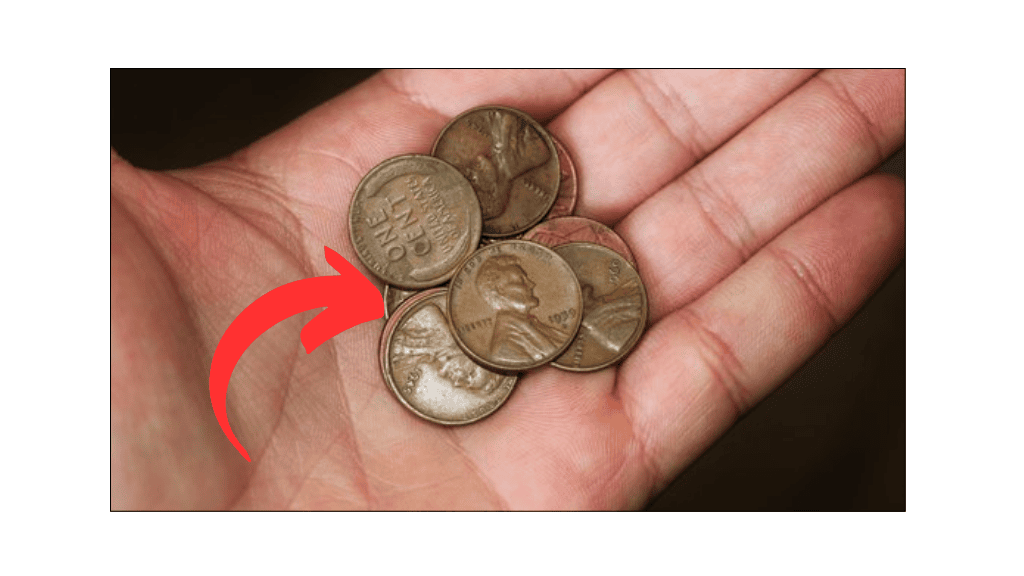Australia’s Age Pension Set for Big Hike in May 2025 – New Payment Rates and Eligibility Criteria Just Released
Australia’s Age Pension – In a major development for senior citizens across Australia, the federal government has announced a significant increase to the Age Pension payments starting May 2025. This revision comes amid rising inflation, cost-of-living concerns, and growing pressure to support the elderly population with more adequate financial aid. The updated Age Pension rates, … Read more










